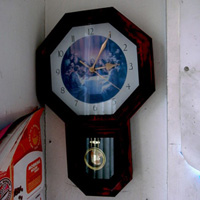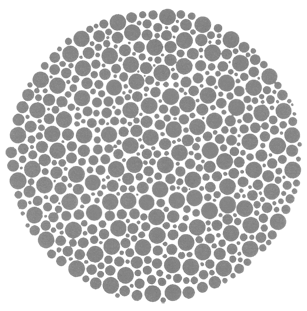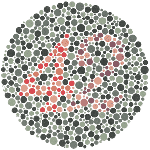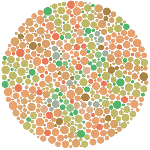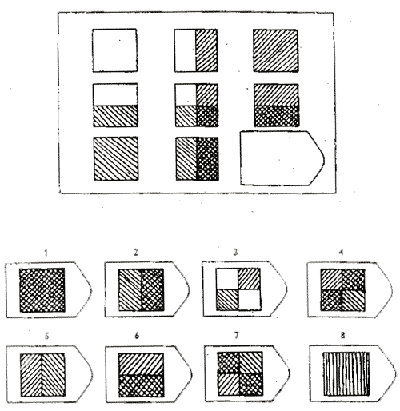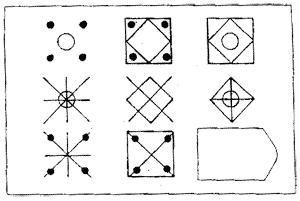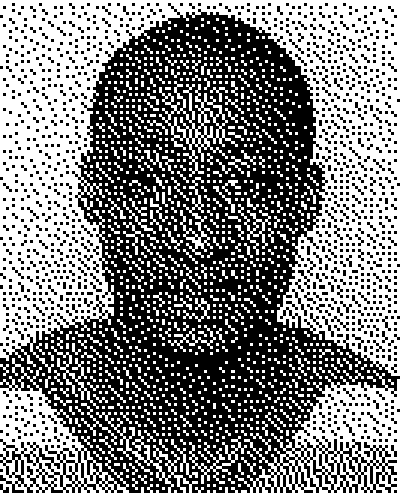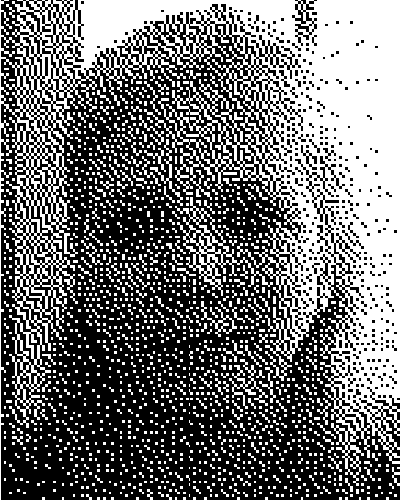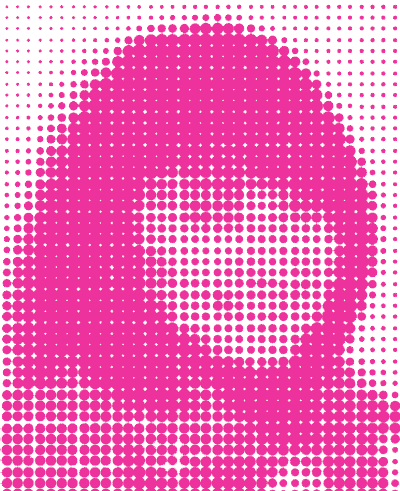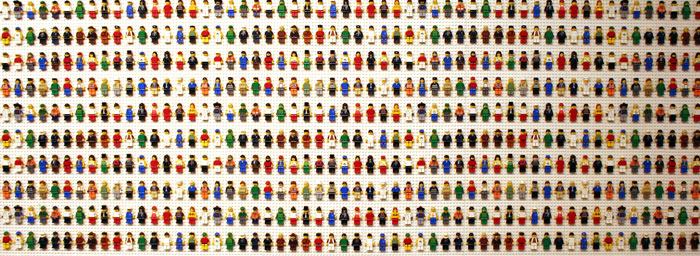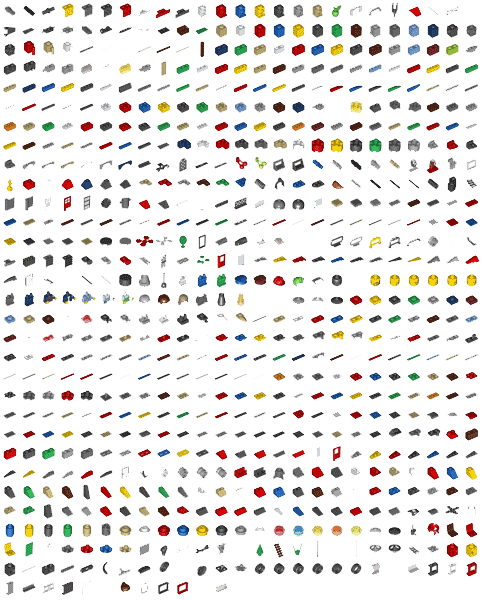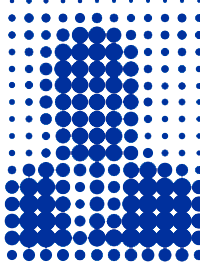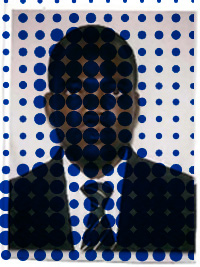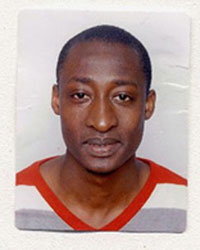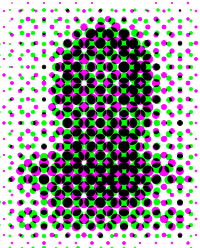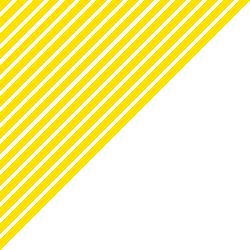Hank H. Huang 畫虎畫皮難畫骨
Dec. 2009 知人知面不知心
The site project:
State Street
parking lot.
The identity of a person became my theme for Daniel's Standard assignment challenge. The Jesus clock was hung next to a Koran verse. This unusual juxtaposition gave me the idea of exploring identity and affiliation through online dating services, such as Match or eHarmony.com.
Being friends with someone in cyber-space makes the fabrication of an unreal personality possible. When people enter their information into a dating website, visitors must go through the process of creating a profile to find the so called "Perfect Match." The online participants submit answers to 18 or more questions that supposedly categorizes your personality. You answers then become your identity for meeting others online. The questions are similar to DMV driver license application, where people are described by physical appearance (height, eye color, etc.) rather than by the "qualities" of a person. We are inevitably influenced by these standard comparisons.
open link
 Common questions for personal profile
Common questions for personal profile:
what is your gender
what is your height
what is your bodytype
what is your eye color
what is your hair color
what is your ethnicity
what is your education
what is your occupation
how often do you smoke
do you have children
do you drink alcohol
what is your religion
what is your marital status
where are you from
what is your date of birth
what is your name
are you seeking male or female
By answering these questions, a personal profile is created. Your answers will be used to generate "you", regardless of how truthfully you answer these crucial questions–never mind the questions we often care about when it comes to knowing somebody.
In essence, we become a product. Subsequently, in order to increase market popularity, an accompanying attractive description is a necessary.


